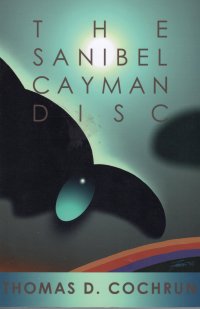 I must confess to you, gentle reader, that it took me three tries to make it through this book. The first, no doubt, was during or not long after our vacation to Florida which included a stop on Sanibel Island in 2016. I am not sure why I powered through this time. Perhaps because access to my library was limited for a bit. Perhaps my new reading habits allowed for it–although I did not take this upstairs to read whilst stretched out on the sofa. Perhaps my present “reading habits” also includes dodging my dilligence in reading a little bit of the Story of Civilization every night. But I made it past page 50 (of 232).
I must confess to you, gentle reader, that it took me three tries to make it through this book. The first, no doubt, was during or not long after our vacation to Florida which included a stop on Sanibel Island in 2016. I am not sure why I powered through this time. Perhaps because access to my library was limited for a bit. Perhaps my new reading habits allowed for it–although I did not take this upstairs to read whilst stretched out on the sofa. Perhaps my present “reading habits” also includes dodging my dilligence in reading a little bit of the Story of Civilization every night. But I made it past page 50 (of 232).
Okay, so, the plot: A Russian arms dealer blackmails an attorney into helping him take over land left by a Sanibel-island resident to create a nature conservatory (along with others in various places) so that he can store biological and chemical weapons that he’s selling. Local and part-time Sanibel residents including a couple of government and quasi-government officials, a potter, the former judge handling the estate, and the main character, a marketing guy who has just written a book and was instrumental in the incident of the Sanibel Arcanum (a previous book) work to thwart the Russian. I mean, the plot has some interesting twists to it–the blackmailed attorney plans to double-cross the Russian. Okay, that’s the twist.
Unfortunately, the execution poorly serves the plot.
Most of the narrative structure is very short peeks into various characters. By “short peeks,” I mean sometimes we get two or three paragraphs before jump cutting to the next group. This makes it difficult to really tell the characters apart. And even the longer pieces are the groups getting together to talk about what’s happening instead of actual action. The characters come together and have dinner; they talk about biochemical weapons, which is the subject of the report that the quasi-government characters are working on and, coincidentally, what the Russian hopes to store and/or traffic from Sanibel Island.
At about page 70, the marketing guy/novelist goes to the Grand Cayman where the Russian has another home. The books focuses on this single character, who happens to be on Grand Cayman because he has a freelance assignment to write about the island. Not because he’s investigating the Russian, although he does while he’s there.
Even when focusing on the single character, the tone of the book shifts to a bit of travel writing with exquisite descriptions of the island and the food the character eats. A little action happens, and then the reader thinks, “Ah, a story!” But then after a bit of action, the character returns to his main home in Indianapolis, several months elapse, and then his family returns to Sanibel Island and we get dinner parties again. Oh, wait, no, the potter goes on a mission trip to Russia to a Siberian town where the Russian’s father coincidentally lives, and he gets info that will ultimately become important.
We get another burst of action/action in the book’s climax, but a lot of the book hinges on coincidences and improbable-to-poor decision making. It repeats some of its descriptions early and refers to the previous book far too often.
I did flag a couple of things in the book:
- The book mentions several times the bin Laden organization as a possible buyer for biological and chemical weapons; this book was published years before 2001.
- “We have established a strong environmental stewardship here. Thanks to the wonderful efforts of Ding Darling when he worked for the federal government.” To be honest, I was a little afraid to search the Internet for that name, but I guess you probably already know he was an early 20th century cartoonist who founded the National Wildlife Federation. The book is all-in on trusting the government and believing it’s a force for good–and perhaps that simply raising awareness of the dangers of biological and chemical weapons will change the world.
- “Hey, Dad, you’re on Amazon.com!” one of the children says. True fact, children: We did call it Amazon.com once upon a time.
The book is also very dated for its relatively young age. It goes into too much detail about computer use and the Internet–people sure are printing out a lot of Web sites–and it is before the Department of Homeland Security and the whole two-by-two/hands-of-blue/pats-for-you regime. So the bad guys wheel an incapacitated character onto a plane in a wheelchair and just walk through security like that in a fashion we cannot fathom now, where we still have to take off our shoes after that one thing twenty years ago.
One biography of this still-living author says he has a third book in the works, but I have not seen evidence of it online. He does have a blog which he looks to update monthly or a little more frequently with photos and musings from his life in California (not Sanibel Island). I’d link to it, but although he says the media is broken, he also says that those who creatively indict the former president are patriots who are sucking the poison out of our country. So, nah.



 I thought I might have just picked this up at the Friends of the Springfield-Greene County Library Book Sale
I thought I might have just picked this up at the Friends of the Springfield-Greene County Library Book Sale 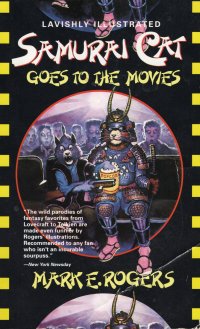 I bought this book
I bought this book  I got this book the last time Sleuth Ink came to ABC Books for a signing
I got this book the last time Sleuth Ink came to ABC Books for a signing  I forgot to include Fraktur in my list of
I forgot to include Fraktur in my list of  Well, gentle reader, when I reported on
Well, gentle reader, when I reported on  I saw this book mentioned on a blog, and I cannot remember which one. It almost makes me want to create a blog or browser plugin called “Where’d I read that?” which searches the sites on your blog roll and in your browser history to find out where I should attribute credit. Or I could just guess Bayou Renaissance Man, conduct a quick site search over there, and discover
I saw this book mentioned on a blog, and I cannot remember which one. It almost makes me want to create a blog or browser plugin called “Where’d I read that?” which searches the sites on your blog roll and in your browser history to find out where I should attribute credit. Or I could just guess Bayou Renaissance Man, conduct a quick site search over there, and discover 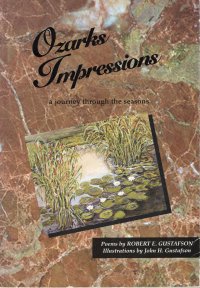 I am not sure when I got this book. It has a Redeemed Books sticker on the back that seems to indicate it was added to their inventory in 2010. So somewhere between then and now. It is a collection of poetry written by a retired economist from a consultancy or think tank and it’s illustrated by his brother, a retired artist. The volume I have is numbered 386 of 1500 and is inscribed to Linda. I found myself musing as much on the history of this book and the men who produced it as the actual contents.
I am not sure when I got this book. It has a Redeemed Books sticker on the back that seems to indicate it was added to their inventory in 2010. So somewhere between then and now. It is a collection of poetry written by a retired economist from a consultancy or think tank and it’s illustrated by his brother, a retired artist. The volume I have is numbered 386 of 1500 and is inscribed to Linda. I found myself musing as much on the history of this book and the men who produced it as the actual contents.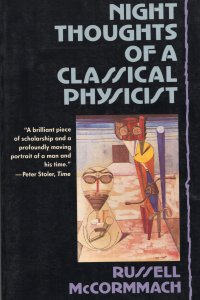 I picked up this book back in
I picked up this book back in 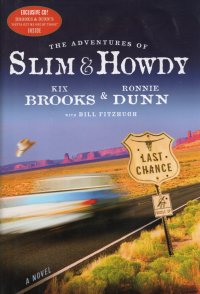 I have to say that this is the best novel based on country-and-western album liner notes that I have ever read.
I have to say that this is the best novel based on country-and-western album liner notes that I have ever read.  Well, gentle reader, I have done it.
Well, gentle reader, I have done it.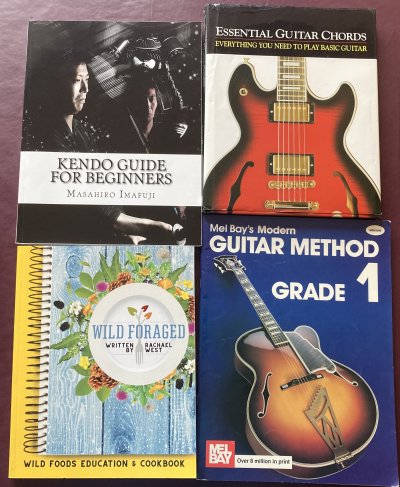
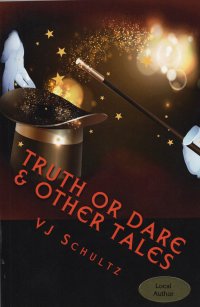 I got this book
I got this book 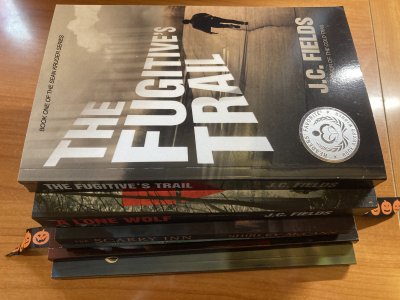
 I mentioned when I read Viets’ collections of columns from the St. Louis Post-Dispatch (
I mentioned when I read Viets’ collections of columns from the St. Louis Post-Dispatch (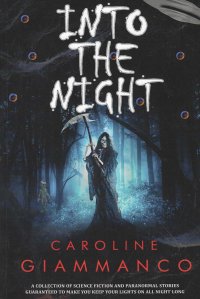 I got this book at ABC Books
I got this book at ABC Books 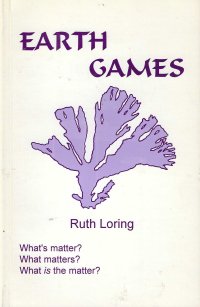 I got this book
I got this book